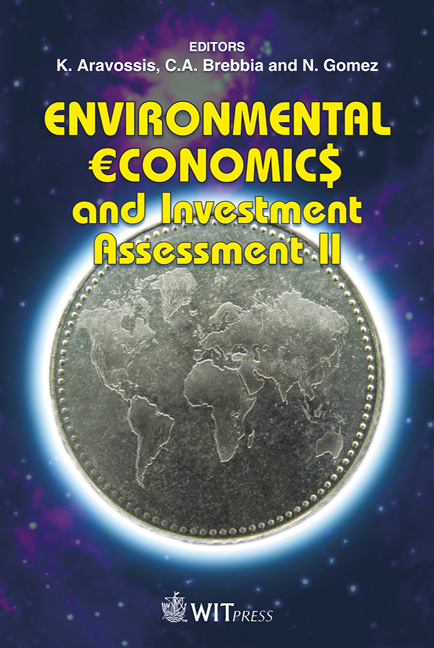Policies To Mitigate The Damage From Coastal Natural Disasters: Preparing Southeastern U.S. Coastal Communities
Price
Free (open access)
Transaction
Volume
108
Pages
10
Page Range
285 - 294
Published
2008
Size
291 kb
Paper DOI
10.2495/EEIA080281
Copyright
WIT Press
Author(s)
J. Pompe
Abstract
The combination of densely populated areas, high-valued real estate, and physical vulnerability to severe storms has led to some of the costliest natural disasters in history. In light of concerns that global warming will increase the vulnerability of coastal areas, policy approaches that can encourage sustainable development and aid coastal zone management are important. Policies that protect natural defenses, direct development away from hazardous areas, enforce storm-resistant building codes, and remove perverse incentives, will promote sustainable communities in vulnerable coastal areas. Keywords: sustainable coastal communities, natural disasters. 1 Introduction Residents of coastal areas, especially along the southeastern United States coast, have suffered through increasingly costly storms in recent years. The five most intense consecutive storm seasons on record occurred between 1995 and 2000. An unprecedented 4 hurricanes, viz. Charley, Frances, Ivan and Jeanne, damaged Florida communities during 2004. The 2005 hurricane season was the busiest and most costly in United States history, with 28 named storms, 15 of which were hurricanes, including Katrina. In part, recent storms have become more costly because of rapid population growth in coastal areas, which leads to the construction of more homes and businesses. NOAA’s report [1] on coastal population trends in the United States shows that from 1980 to 2003 coastal population increased from 120 to 153 million people, an increase of 28 percent. Projections suggest that another 11 million people will move to coastal counties by the year 2008 for another 7
Keywords
sustainable coastal communities, natural disasters.





